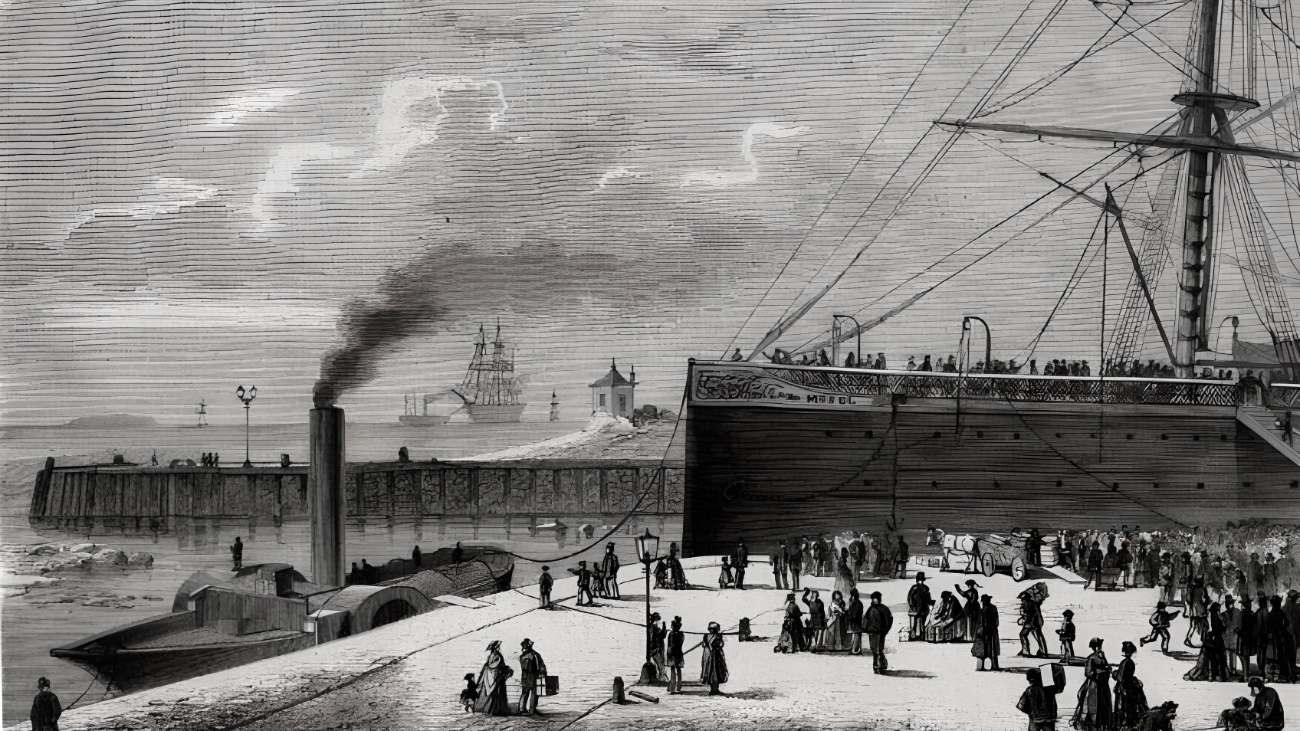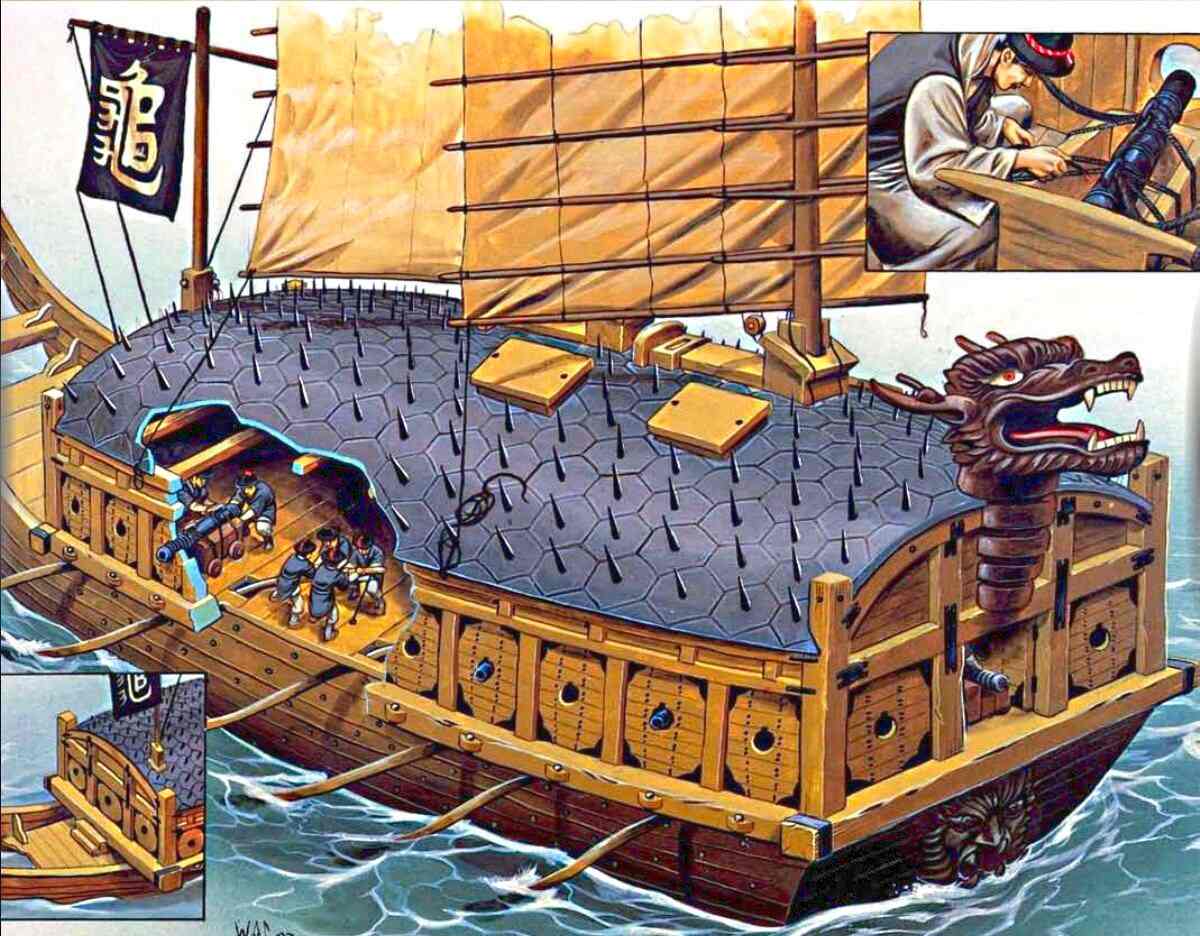The Dutch inventor and engineer Cornelis Jacobszoon Drebbel, who designed and built the first submarine, is pretty much unheard of today by many people. But because of how brilliant he was and how well he understood how nature and chemistry worked, he is rightly thought of as one of the most successful and well-known inventors of the 17th century. Drebbel created and constructed the first submarine in 1620, making it one of his most important innovations. Drebbel’s wooden submarine, driven by oars, was built to stay submerged for hours. It was one of the first submarines that could actually be used, and it led the way for more sophisticated submarines to be built in the years to come. Drebbel’s work on submarines paved the way for undersea exploration.
How did the Drebbel submarine work?
The crew members untied the bladders and sucked out all the water before rowing to the surface. The submarine was therefore able to safely descend to depths of around 13 to 16 feet (4-5 meters) for several hours. A rudder allowed for control, while four oars propelled the boat forward by being fed into the water via leather seals.
Why did Cornelis Drebbel invent the submarine?
Initially, Cornelis Drebbel created his submarine to help humans learn more about the marine environment, but he quickly realized its potential as a military weapon as well. However, it took another 150 years for them to see action in naval conflicts.
How did Drebbel’s Perpetuum Mobile work?
It worked by reacting to changes in the pressure and temperature of a contained liquid or gas. These variations provided the power required to get the gears going as long as possible. Without an external force, it wouldn’t be considered perpetual motion.
The English king commissioned Cornelis Drebbel
Drebbel was invited to King James I of Scotland and England’s court in 1604. At the period, academics were more often asked to present their knowledge and abilities. Theologians and alchemists were welcomed in addition to scientists. But, the invitations were still rarely from abroad. The overseas journey had some benefits since the English monarch was inspired enough by Drebbel’s efforts to collaborate with him.
In that year Drebbel was summoned to England to show his impressive “Perpetuum Mobile” device to King James I (1566–1625). As the news about this fascinating perpetual motion clock spread, Drebbel gained a huge reputation and began to receive invitations from other European countries to showcase his device.
Between 1620 and 1624, Drebbel built the first functional submarine on a commission from the English king. Drebbel built three effective submarines in total during the period.
How Drebbel invented the world’s first submarine

Drebbel’s greatest achievement was that he designed and made an invention that he owes his reputation to today: The world’s first submarine. Unfortunately, there is no original drawing of Drebbel’s invention to date. Nevertheless, there are close estimates and calculations of how the submarine could be built with a contemporary eye. Between 1620 and 1624, while working for the British Royal Navy, Drebbel made three different forms of submarines. He tested all three in London, on the River Thames. According to witnesses, the latest submarine was able to remain submerged for 3 hours at 13 to 16 feet below the surface.
In front of King James I and a large crowd of Londoners, he showed off his third submarine. The submarine made a round trip from Westminster to Greenwich. It was the first true submarine in history.
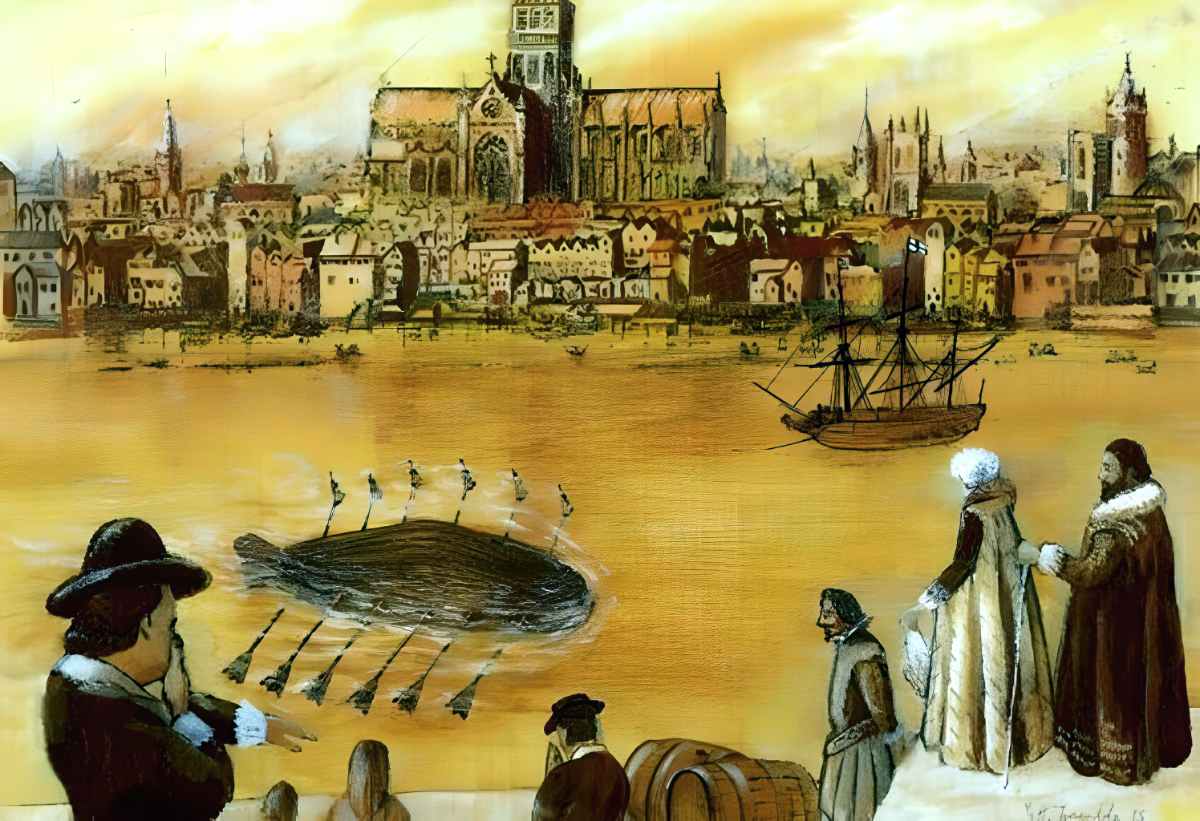
Drebbel’s wooden submarine was best characterized as a wooden round canoe-style rowing boat. The stern seemed to be the fin of a giant fish, and the oars protruded directly through the hull. It was a lovely figure, smiling and amazed. On the Thames River, the boat did its maiden dive. While rowers ensured that the boat was pushed, it is still not officially known how the crew was given air.
Cornelis Drebbel tried to persuade the British Royal Navy to use his submarine in naval combat. Despite his relationship with the royal family, the Navy was not interested in this proposal. For submarines to be used for military purposes, 150 years had to pass.
How did Drebbel’s submarine work?
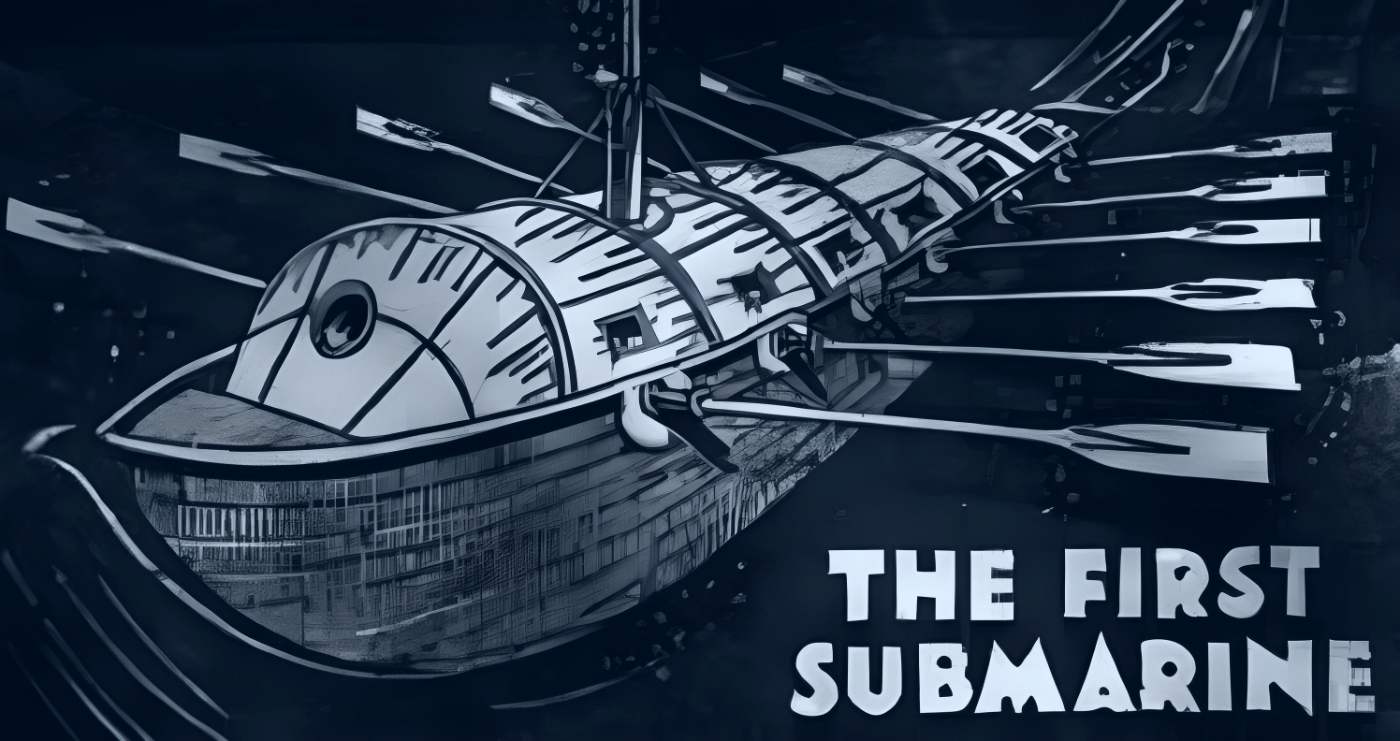
Very large pouches made from pigskin used in these submarines were filled or emptied with water, this would allow the boat to go down or up in the water. The wooden double-hull submarine had holes sealed with waterproof leather, in which oars were placed.
The third and largest boat or submarine developed by Cornelis Drebbel could accommodate 16 people, including 12 rowers. The hull was covered with oiled leather to provide waterproofing. Some records suggest that there were long pipes on the boat that could reach all the way to the surface to provide air for the rowers. There is also evidence that Drebbel created a chemical reaction by heating potassium nitrate which produced oxygen for rowers.
Oxygen produced by burning
According to the legend, the crew spent nearly three hours underwater. Drebbel must have thus considered adding fresh oxygen to the waterproof vessel. There are a few hypotheses for this, but the most plausible one is that when saltpeter, or nitrate, is heated, oxygen is released. Drebbel was an expert alchemist long before he worked on the first submarine, so the notion isn’t outlandish in and of itself. The details are still speculative since nothing was really written about his invention and rumors about it were passed around orally. As a result, the legends surrounding this submarine are still unclear.
Cornelis’ career was eventually furthered by chemistry; he later worked on explosives for the Royal Navy. In summary, Drebbel had come a great way and would remain in England for a considerable amount of time before passing away in London on November 7, 1633. In a number of Dutch towns, including Amsterdam, Delft, Alkmaar, and The Hague, he has streets named after him. Cornelis Drebbel has a minor lunar crater named in his honor as well. Cornelis Drebbelweg, a street in Delft, the Netherlands, is named in his honor.
Who was Cornelis Drebbel?
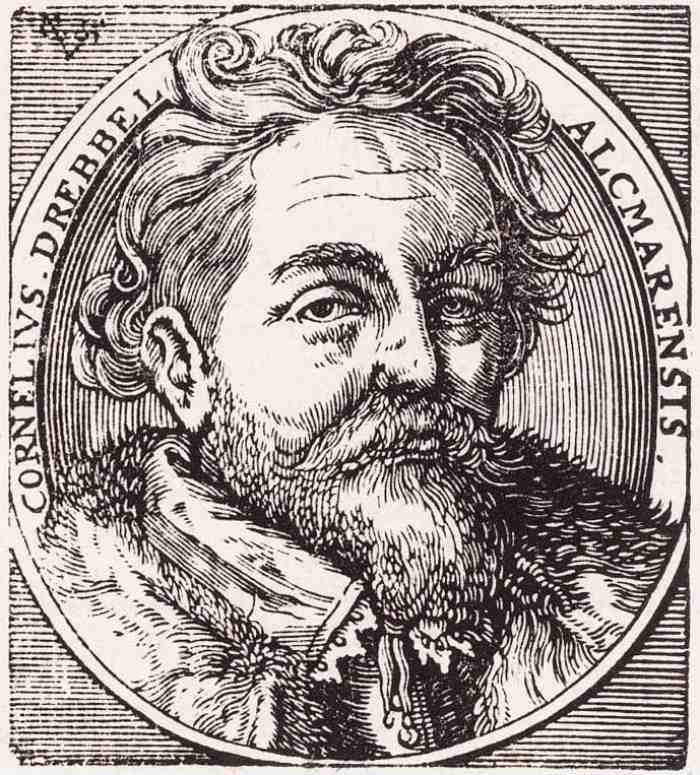
The map artist, painter, engraver, and lens maker, Cornelis Drebbel was born as the son of a wealthy farmer in Alkmaar, The Netherlands. However, he received very little formal education. Although he picked up the basics of the Latin language in his later years, he probably only received a primary education and did not go to university. Drebbel was skilled at conducting numerous experiments despite lacking a formal education.
At the age of 20, Drebbel began working as an apprentice in the Harlem workshop of Dutch painter, engraver, and publisher Hendrick Goltzius (1555–1617). During his apprenticeship where he also lived in Goltzius’ home, Drebbel had the chance to learn much more than engraving. He learned the subtleties of alchemy, and throughout his life, his work was determined by four elements: Earth, air, water, and fire.
Drebbel returned to Alkmaar in 1598 and began to work on some versatile inventions. In 1604, he exhibited the first invention that would bring him fame. This was a dazzling astronomical clock machine called Perpetuum Mobile. In his patent application, Drebbel stated that the device could work for years without a visible power source.
Perpetuum Mobile was an astronomical almanac showing the time, day, date, phases of the Moon, the positions of the Sun, and the positions of the planets. This interesting device was powered by changes in air pressure and temperature. Cornelis Drebbel, of course, was aware of the delicacy of this phenomenon but was delighted with the mystical atmosphere created around his Perpetuum Mobile.
On the emperor’s request, Drebbel visited the Prague court of Rudolf II in 1610. Rudolf appointed him Chief Alchemist after seeing his amazing perpetual motion device; Drebbel really just claimed that it could rewind continuously due to variations in air pressure. It contained a sealed glass tub where liquid would expand and contract, allowing the clock to perpetually spin backward.

Cornelis Drebbel’s other inventions
Cornelis Drebbel also experimented with light and lenses. In 1630, Drebbel developed the first version of the “projector,” an early form of magic lantern or slide projector, and also one of the first microscopes. Both devices used special lenses, which were produced by a machine of his design. Drebbel’s microscope had visibly improved features compared to its predecessors and was an important advance in the field of microscopy.
From 1604 until his death, Drebbel exhibited many new or improved inventions. Among them was a process for making red paint. This technology was used for many years after Drebbel’s death. Drebbel also made a boiler with a thermostat. It was a thermostatic mobile furnace for the Dutch army; a kind of ventilation system that is exhibited today at Westminster Hall in London; and also, an automatic incubator. This thermostatic furnace is the first known self-controlled device or instrumental control system in history.
Drebbel invented a rather primitive but still very significant thermometer. But this thermometer device wasn’t put together based on the idea that the compressed air in the glass tube would expand and contract. Instead, Drebbel’s invention was some kind of a thermoscope. The thermoscope was a device that gave insight into temperature without a scale to aid measurement. At about the same time, at least three experimenters were working on an air thermoscope. But what distinguishes Drebbel from them was that his device could be used to control thermostatic devices. Drebbel’s furnace had a major influence on later scientists.
The use of precision thermometers in the 18th and 19th centuries helped scientists better understand the behavior of substances and contributed to the development of the concept of energy.
Bibliography
- “Drebbel’s will from 7 November 1633: Memorand that Cornelius” (PDF). Drebbel.net.
- “A history of inventions and discoveries“, Johann Beckmann, 1817.
- “Drebbel’s official website“. Drebbel.net
- Davis, RH (1955). Deep Diving and Submarine Operations (6th ed.). Tolworth, Surbiton, Surrey: Siebe Gorman & Company Ltd.



